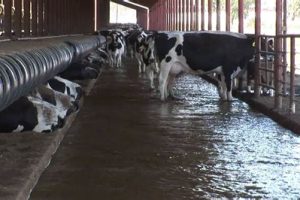
Flushing is a nutritional management strategy used in farm animals to improve their reproductive performance. Learn more about this practice here. Read more »
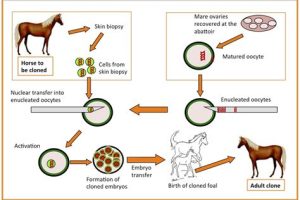
Farm animal cloning is the process of creating genetically identical copies of animals for farming purposes. Learn more about this technology here. Read more »
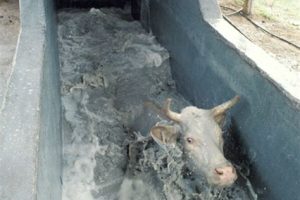
Dipping is a method of controlling external parasites in farm animals by immersing them in a chemical solution. Learn more about this practice here. Read more »
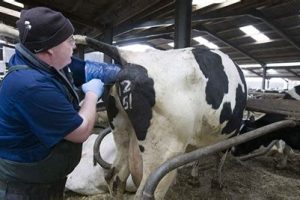
Artificial insemination is a breeding technique used in farm animals that involves introducing semen into the female’s reproductive tract to fertilize eggs. Read more »
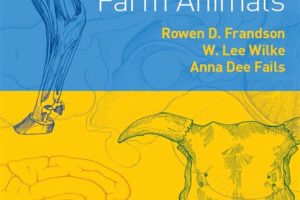
Discover the intricate workings of farm animals with anatomy and physiology. Learn about their body systems, functions, and how they relate to farming. Read more »
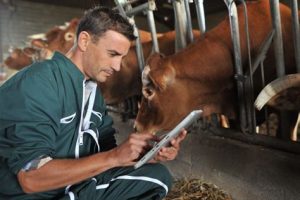
A vet that works with farm animals is called a large animal veterinarian. They specialize in the health and well-being of livestock such as cows, horses, and pigs. Read more »
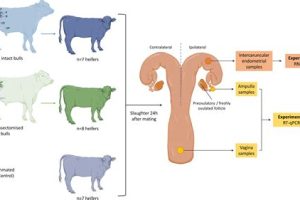
The farm animal uterus releases hormones such as progesterone and estrogen which are essential for maintaining pregnancy and reproductive function. Read more »

During diestrus in farm animals, progesterone hormone levels are high. This is important for maintaining pregnancy and reproductive health. Read more »

Learn about the process of reproduction in farm animals and how it impacts livestock production. Discover the importance of genetics and breeding. Read more »
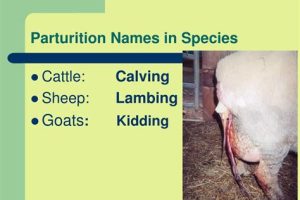
Parturition in farm animals is the process of giving birth. It involves a series of physiological changes that occur in the mother’s body. Read more »
